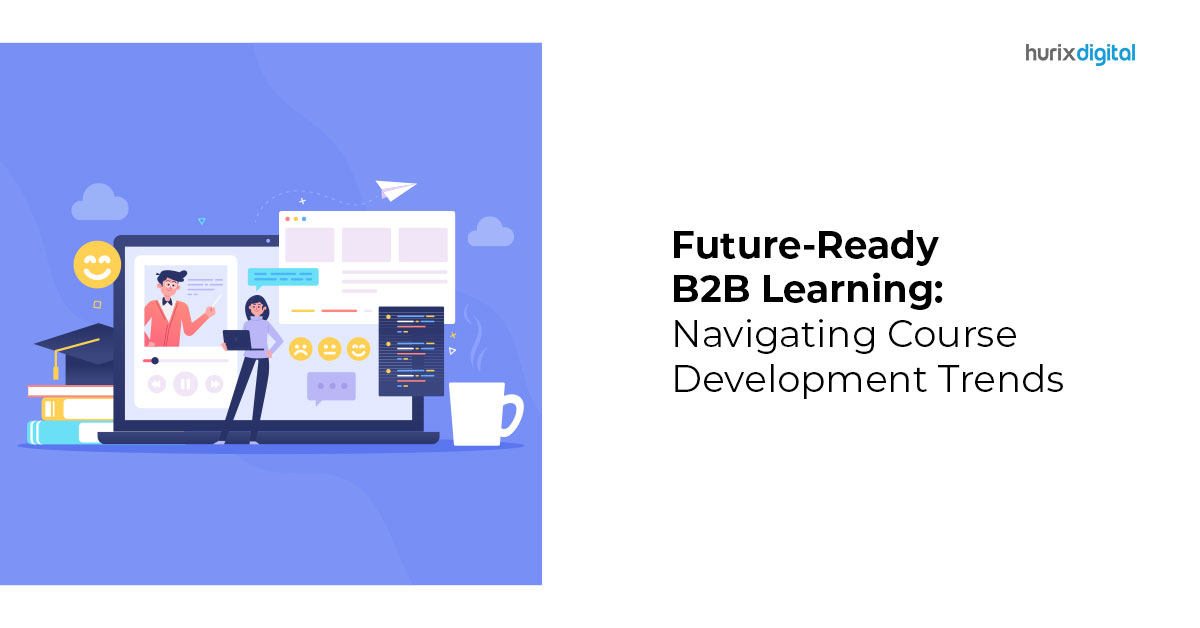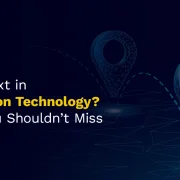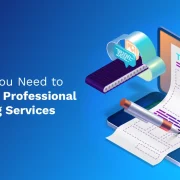
Future-Ready B2B Learning: Navigating Course Development Trends
Summary
Discover the latest trends in B2B learning and course development, focusing on how to stay ahead with innovative approaches and technologies for effective business training.
The traditional mode of training in the Business-To-Business (B2B) domain typically happens via corporate training seminars hosted in physical offices. But several shifts in the business world have forced the need for disruption in this training approach.
The demand for B2B services has grown significantly. The B2B eCommerce market alone was valued at $7.08 Trillion in 2022. It is projected to reach a market value of $26.59 Trillion by 2030. On the other hand, the global SAAS market, valued at $215.1 billion in 2021, is estimated to grow to a market size of $1298.92 billion by 2030.
The global footprint of B2B services and the growth of hybrid work culture means that workforces are now located in multiple geographies across time zones. Sweeping digital transformation means that upskilling needs to take place much faster. The pace and scale at which training is needed have increased.
The introduction of blended learning courses addresses all the challenges that come with these various shifts. This is a form of training that seamlessly blends offline and virtual training. It creates flexibility, access, and higher measurability of the training process.
In this blog, we deconstruct new course development trends and the role of blended learning in these scenarios.
Table of Contents:
- What are Blended Learning Courses?
- What are the Top Navigating Course Development Trends
- Building an Effective Learning Platform
- Conclusion
What are Blended Learning Courses?
Blended learning started as an educational approach where students get access to a mix of instructor-led classroom sessions, online learning materials, and virtual engagement activities. Access to on-demand online learning resources helps learners build knowledge and skills at their own pace.
The demand for this trend accelerated even more during the pandemic and has not died down since. This model has been adapted to the business world, where blended learning courses offer a mix of onsite training sessions led by trainers and access to a wide range of high-quality, on-demand online learning resources.
However, offline training can prove to be an expensive and cumbersome process to organize. It is also dependent upon the physical availability of both experts and employees. Hence, some businesses have shifted their entire professional development model online.
Here are some contemporary blended learning examples. A B2B sales team can now learn through a mix of on-demand videos, one-on-one coaching sessions, and onsite training to enhance their skills.
A coding team for a SaaS company can learn new skills through a mix of live simulations, gamified courses, and onsite hackathons.
Also Read: Online Learning Platforms – Unlock The Power Of Learning With 15 Top eLearning Platforms
What are the Top Navigating Course Development Trends?
Here’s a snapshot of blending learning trends relevant to B2B business training:
1. The Versatility of Blended Learning Resources
Today, the design of learning resources has evolved significantly. Diverse learners are comfortable learning in different ways. Hence, blended learning resources are designed in a way that caters to a wide range of learning needs.
Typically, they include a mix of byte-sized content such as video, animation, infographics, audio representations, quizzes, assignments, eBooks, and instructor-led live sessions.
2. Microlearning and the Mobile-First Content
Microlearning is considered to be the future of professional development. This practice refers to the habit of learning in small amounts every day.
For instance, one can flip in one’s smartphone and watch a two-minute video on enhancing one’s sales technique. With the growing adoption of microlearning, corporate training teams must design learning programs that are user-friendly on mobile.
3. Personalize the Learning Experience
Today, the concept of a one-size-fits-all no longer works. Learners respond best to a course that is specifically tailored to their skilling and knowledge-building needs. So, how does it work? With technology coming to the rescue, B2B training teams no longer need to grapple with the tissue.
Technologies like artificial intelligence (AI), machine learning (ML), and automation are helping to personalize and customize the learning experience based on the real-time progress of learners. This approach encourages learners to practice more while expediting learning based on their progress.
4. Gamification Enhances Engagement
One of the best examples of training innovation today is the introduction of gamification into the learning mix. Gamification can turn heavy subjects into a challenging and engaging learning experience.
For instance, integrating challenges, rewards, and leaderboards instantly improves stickiness and willingness to learn. It also encourages healthy competition between colleagues.
Companies can host group challenges where multiple team members are involved, thus also nurturing team collaboration, an important skill, especially for remote and hybrid teams.
5. Create Access to Coaching
One-on-one coaching is also becoming an important aspect of B2B training. Say that sales agent excels in all aspects of their role, but they need to enhance their listening skills.
A few one-on-one coaching sessions can help identify issues and the call to action. With access to the right technology, coaching can be seamlessly integrated into the blended learning design, making it a key aspect of the learning process.
6. Build Immersive Learning Experiences
The use of Augmented Reality (AR) and live simulation enables learners to engage via an immersive experience.
They can build skills through such simulations, which mimic real business environments. Learners can learn in teams or individually and get hands-on experience, which is valuable in the learning journey.
Building an Effective Learning Platform
Access to the right learning technology and framework is important to help businesses to scale their skilling efforts. This is where a superior Learning Management System (LMS) can help bring agility to the learning process.
This is a single unified interface that brings all stakeholders – learners, trainers, guest experts, and human resources onto one platform. On-demand learning resources can be distributed securely and quickly, and learners can engage seamlessly via the platform across all devices.
One of the most important aspects of such a framework is access to rich data insights and the ability to track a learner’s progress. These are secret weapons enabling training teams to measure the effectiveness of their programs.
Also Read: Investing in the Best Online Learning Platform for Education
Conclusion
B2B domains will become increasingly competitive. Companies that are invested in skilling their workforces will be best poised to capture more market share. By introducing blended learning courses, they will be able to deliver relevant training to employees across geographies, skill sets, and job profiles.
Partnering with an experienced technology specialist can help businesses make early investments in the technology required to scale and make training agile and effective.
If your business is looking to adopt a state-of-the-art Learning Management System and give your team the tools for success, Hurix Digital is geared to support you in meeting all your LMS needs.
Get in touch with us to start a conversation and leverage the best LMS solutions for your small business.

Performance, Results, Growth, and Life-Long Learning define my professional life. I am passionate about making workplace learning planful, purposeful, and impactful. I take pride in partnering with clients and bringing them the best in learning design and creating solutions that address business challenges.




